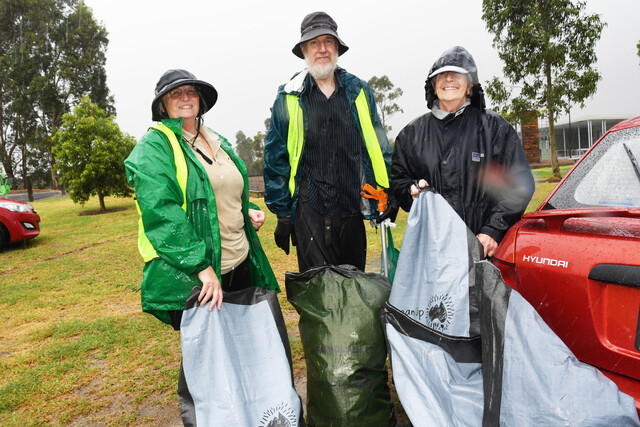It’s been a busy week for manufacturers across Victoria with the announcement of the stage four lockdown restrictions.
Although the full impact of the new restrictions is not yet clear, Vonda Fenwick, chief executive officer of SEMMA, the South East Melbourne Manufacturers Alliance, said many of their members would feel the squeeze.
Prior to the introduction of stage four, some manufacturers were just holding on.
SEMMA ran surveys of its members at the beginning of the Covid restrictions in March and again in May to determine the impacts of restrictions on manufacturers – and the results, Ms Fenwick said, were sobering.
By the end of May, 75 percent were reporting revenue loss, with about half having put staff off, made them redundant, put them on reduced hours or stood them down.
This was a dramatic increase from the 49 percent reporting revenue loss in March.
“Only about 20 percent of our manufacturers are doing well or better than they were before Covid broke out, and 80 percent have dropped,” Ms Fenwick said.
She believes JobKeeper helped save many of these businesses, allowing them to keep their staff.
Sixty percent of surveyed manufacturers had taken advantage of JobKeeper.
SEMMA lobbied hard to have JobKeeper extended beyond September and was “very pleased” when the scheme was retained.
Many of its members are SMEs with staff numbers so small they feel more like families, she said.
There tends to be a low turnover rate within the industry too, helping to strengthen bonds between employers and employees and making it harder for bosses to make the call about whether to stand employees down.
Then there are the implications for skills, with those being stood down not easily replaceable.
“The businesses don’t just lose people they really care about, they lose that capability and those skills, which really hits them hard as well and makes the job of restarting wen business picks up all the more difficult,” she said.
Ms Fenwick said SEMMA was concerned about the impact of stage four restrictions on manufacturers who had already been hit hard over the past six months.
“This might be the straw that breaks the camel’s back,” she said.
“However, in saying that, manufacturers and people who run their own businesses are incredibly resilient and I know some who’ve said to me ‘even if I have to shut down, once things improve I think I would try and start up the business again’.”
Other manufacturers have indicated that while their business will shrink, they will be able to keep operating at a lower capacity and open up as things improve.
As the prospect of stage four loomed, Ms Fenwick said SEMMA lobbied politicians across all sides to keep manufacturing open – to maintain people’s connection to employment, to maintain skill levels within the industry and to keep other connected industries functioning.
“We said it would be devastating if manufacturing were to close,” she said.
Initial lists of permitted businesses put out by the government caused some confusion amongst members, she added, particularly given many manufacturers produce products for multiple difference industries – some that were clearly to remain open, but others that may not.
“If you do five percent defence work and the other 95 percent is making brackets for kitchen furniture, how do you then determine whether you should stay open, whether five percent of your workforce stays there? There wasn’t a lot of clarity,” she said.
“I must admit, I felt physically sick I realised they were looking at closing manufacturing, thinking we could lose some of our smaller, quieter manufacturers.”
Meanwhile, getting through to Business Victoria on the phone was virtually impossible as hundreds of others found themselves in the same boat.
Information provided to the industry on Wednesday night was clearer, Ms Fenwick said.
“We all recognise how absolutely awful this crisis is – I don’t envy the politicians at all, I wouldn’t want to be in Dan [Andrews’] shoes having to make the calls he’s making – but I think this could’ve been rolled out to provide information up front that would have helped to overcome a lot of the distress and a lot of the confusion.
“I think the government should have allowed themselves more time, and they should have allowed more time for manufacturers to understand exactly what the rules were and what they needed to do.”
A further survey is planned for the next couple of weeks to assess the impact of stage four and to follow up on May’s results.







